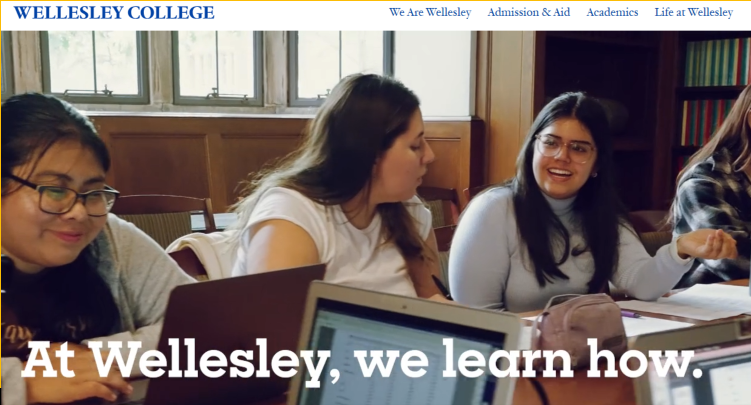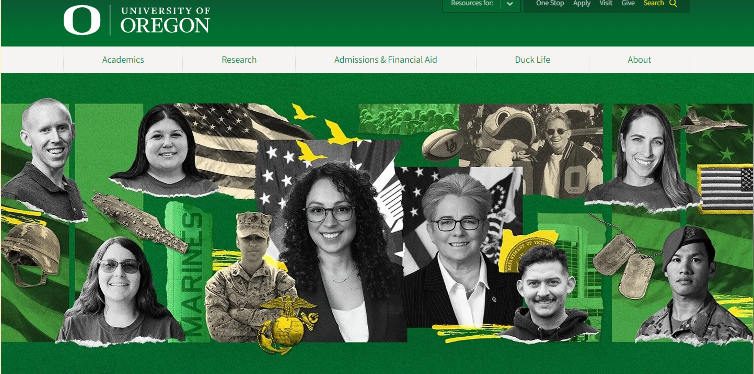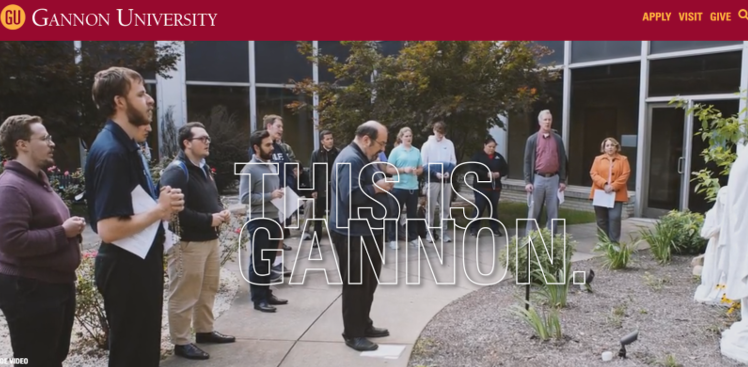The idea of attending two colleges at once might seem overwhelming, but it is not only possible, it can also be a strategic way to enhance your education and save money. You can attend two colleges at once and take programs simultaneously.
Known as dual enrollment, this arrangement allows students to take classes at two different institutions, typically combining a community college with a four-year university.
By managing your schedule effectively and understanding the dual enrollment process, you can take advantage of a wider variety of courses, reduce tuition costs, and build a more diverse educational background.
Whether you’re looking to save money or expand your academic options, this guide will help you navigate the steps and considerations of dual enrollment.
Is it true: Can You Attend Two Colleges At Once?
You can take classes at two colleges simultaneously. This usually involves attending a community college alongside a four-year university.

You can choose one as your main school for your degree while taking some classes at the other. This process is known as dual enrollment.
What Is Dual Enrollment?
Dual enrollment means you can take classes at two colleges at the same time. Many students choose to study at a community college and a regular university simultaneously.
This helps you spend less on tuition and gives you more class choices. You can mix and match courses from both colleges to create your perfect education plan.
How Does Dual Enrollment Work?
Dual enrollment involves a structured process to ensure students can successfully manage their education at two institutions. This will help you understand how to implement further while selecting colleges and universities.

Here’s a detailed breakdown of the key aspects of dual enrollment work:
1. Choosing Your Home Institution
The first step in dual enrollment is selecting your primary or “home” institution. This is typically the four-year university where you’ll ultimately receive your degree.
Your home institution maintains your official academic record and oversees your degree progress. You’ll work closely with advisors here to ensure your classes at both colleges align with your graduation goals and major requirements.
This helps you stay on track and maximize the benefits of dual enrollment while choosing a home institution and another simultaneous degree at a different college.
2. Course Registration And Credits
Once you’ve established your home institution, you’ll need to coordinate course registration at both schools. This involves checking equivalent courses and getting necessary approvals from both institutions.
Most schools require you to take a minimum number of credits at your home institution while allowing you to complement these with courses from your secondary college.
The credit transfer process typically happens at the end of each semester, when grades and credits are reported to your home institution.
3. Financial Aid And Payments
Financial aid management is a critical aspect of dual enrollment. Usually, you can only receive federal financial aid from one institution at a time.
To make this work, schools often use consortium agreements, which allow your home institution to consider the total cost of attendance at both schools when calculating aid.
You’ll need to pay tuition separately at each institution, but your financial aid can help cover both expenses.
What Should You Consider While Attending Two Colleges At Once?
Attending two colleges simultaneously requires careful planning and organization. You’ll need to consider various factors to ensure a successful dual enrollment.

1. Administrative Requirements
Each college has its own rules and procedures for dual enrollment you should consider, as follows:
Institution Policies:
You’ll need to check how many courses you can take, whether there are GPA requirements, and if there are limits on which classes you can take at the second school.
Transfer Agreements:
Understand how credits transfer between schools. Consult with advisors at both institutions to ensure your courses align with your degree requirements.
Registration Procedures:
Familiarize yourself with the registration processes at both schools. Pay attention to deadlines, approval procedures, and required paperwork.
2. Financial Considerations
Understanding the financial aspects is crucial when considering dual enrollment. Here’s what you need to know about managing costs:
Financial Aid Management:
Coordinate with both schools’ financial aid offices to ensure your aid covers courses at both institutions.
Cost Analysis:
Compare tuition costs and consider additional expenses. Create a budget to manage finances effectively.
Payment Procedures:
You can track payment deadlines and understand refund policies for both colleges where you enrolled.
3. Academic Planning
Good planning is key to succeeding while attending two colleges at once. Consider these essential academic aspects:
Course Selection:
Choose courses that align with your degree requirements at your main institution. Ensure prerequisites are met, and credits transfer seamlessly.
Schedule Management:
Create a realistic schedule that accommodates classes at both institutions. Consider travel time and avoid scheduling conflicts.
Academic Performance:
Monitor your grades at both schools to maintain good academic standing. Stay on track with your degree progress and meet all requirements.
Note: You can also take a few courses online, which will not only save you transportation and other expenses but also give you an impactful online education that will build your career.
Dual Enrollment Programs: Review Examples
Many colleges and universities across the United States have established successful dual enrollment partnerships. Let’s review some top examples:
1. Wellesley College Cross-Registration
Wellesley College’s partnership with MIT, Babson College, and Brandeis University offers students access to world-class STEM programs, business courses, and liberal arts education.

Students can take advantage of MIT’s renowned engineering and technology courses while pursuing their degree at Wellesley.
This partnership benefits students interested in combining liberal arts education with technical expertise, enhancing their career prospects in fields like technology, research, and business.
2. University of Oregon And Lane Community College
This partnership focuses on creating a seamless educational experience where students can access both institutions’ resources while saving on tuition costs.

Students can take foundational courses at Lane Community College while enjoying the University of Oregon’s comprehensive academic programs and research opportunities.
The partnership is especially valuable for students in fields like business, sciences, and liberal arts. Students can live on the UO campus and access both schools’ facilities, creating a traditional college experience while maintaining cost efficiency.
3. SUNY System
The State University of New York system’s cross-registration program allows students to take courses at any SUNY campus while enrolled at their home institution.

This extensive network provides access to specialized programs, unique course offerings, and diverse learning environments.
SUNY’s wide range of academic programs, from technical and professional fields to liberal arts, benefits students. The system’s shared resources allow students to explore various academic interests and career paths.
4. Gannon University
Gannon University’s dual enrollment partnerships focus on healthcare, engineering, and business programs. Students can combine community college courses with Gannon’s specialized professional programs.

This gives access to state-of-the-art facilities and experienced faculty. Their program structure allows students to build professional networks while completing their education more affordable.
Additional Information: The University of Phoenix is the best choice for students looking to pursue online graduation. It focuses on online education for working adults and students. However, remember that this university does not provide dual programs.
How To Pursue Attend Two Colleges At Once?
If you’re interested in attending two colleges simultaneously, you’ll need to follow a structured process to ensure success. Here’s a step-by-step guide to get started:
1. Research and Planning: Research colleges, meet with advisors, and create an educational plan.
2. Application Process: Submit applications to both colleges, gather necessary documents, and complete paperwork.
3. Financial Aid Setup: File the FAFSA, designate a primary college, and work with financial aid offices to establish agreements.
4. Course Selection and Registration: Plan a balanced schedule, register for courses that align with your degree plan, and maintain communication with advisors.
Benefits of Attending Two Colleges At Once: Dual Enrollment
When you pursue dual enrollment, you can take advantage of numerous benefits that enhance your educational experience. Here are the key advantages of attending two colleges simultaneously:
- Cost Savings: Dual enrollment can save you thousands of dollars by taking general education courses at a community college.
- Schedule Flexibility: You can create a schedule that fits your life by choosing from multiple college course offerings.
- Enhanced Learning Resources: Access to two colleges means double the resources to help you succeed.
- Expanded Course Selection: Dual enrollment gives you more course options.
- Campus Life Benefits: You can enjoy the facilities and activities of both colleges.
- Career Preparation: Dual enrollment can make you more adaptable and attractive to future employers.
Conclusion: Attending Two Colleges At Once Is Best For Students Seeking Flexibility In Education
Attending two colleges simultaneously through dual enrollment can be an incredibly rewarding experience, offering financial savings, a broader selection of courses, and unique learning opportunities.
However, it requires careful planning and organization, especially in areas like course registration, financial aid, and time management.
By selecting your home institution wisely, staying on top of administrative tasks, and balancing your academic and financial responsibilities, you can make the most of dual enrollment and set yourself up for academic and career success.
If you’re considering this option, take the time to research programs and consult with advisors to ensure you’re making the best decisions for your future.
FAQs
Financial aid typically applies to one institution. However, you can set up consortium agreements between schools to cover financial assistance courses at both institutions.
You can enroll in two majors at two colleges, but you must ensure that both programs align with your degree requirements and that your home institution approves the course selections.
Many U.S. universities allow dual enrollment through formal partnerships and agreements. Check each institution’s policies and transfer requirements.
You risk credits not transferring, financial aid complications, and possible academic penalties. Always get official approval before starting dual enrollment.
You can enroll in two master’s programs at the same time. However, this requires careful planning, strong academic standing, and approval from both graduate programs. Therefore, consider the workload and program requirements carefully.
This is the most common form of dual enrollment. Many students take general education courses at community colleges while pursuing their degree at a university.







